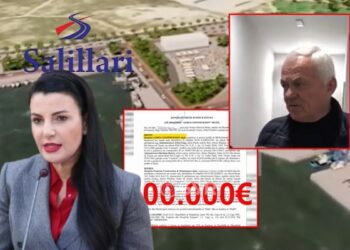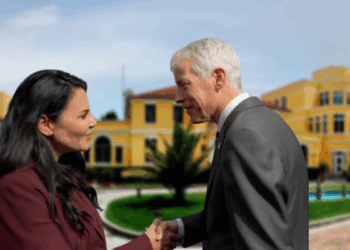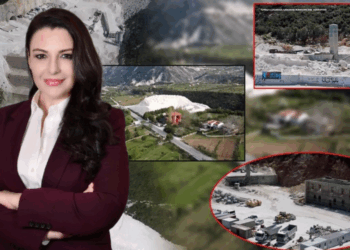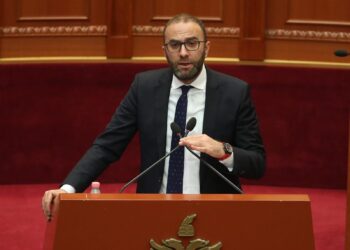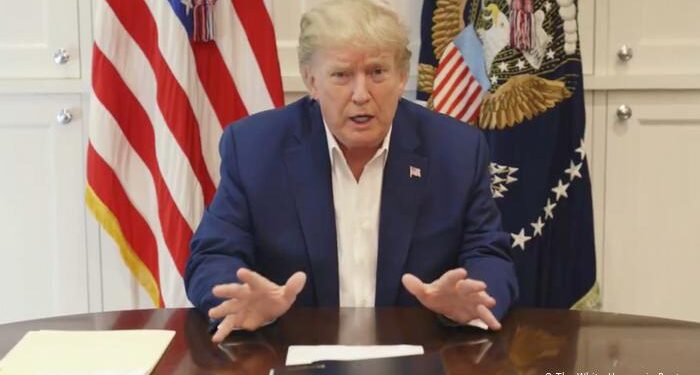On October 31, the Special Anticorruption Prosecution (SPAK) announced that it had formally charged the Deputy Prime Minister and Minister of Energy, Belinda Balluku, with violating the equality of participants in public tenders, in connection with the €190 million procurement procedure for the construction of the Llogara Tunnel.
Such a development, naturally, should have shaken the foundations of the government in any normal country and, at the very least, the officially indicted official should have stepped down from her post.
Yet, only a week later, Belinda Balluku appeared at an international meeting in Greece, where regional energy issues were being discussed. The meeting was chaired—no more and no less—by the U.S. Secretary of Energy, Charles Wright.
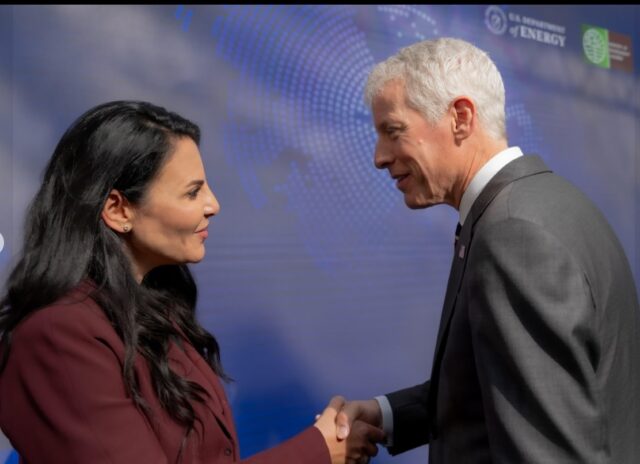
This was a highly significant moment, given the difficult position in which Balluku finds herself. She even managed to secure a friendly photograph with Secretary Wright.
“During the ministerial session of P-TEC, chaired by U.S. Secretary of Energy Chris Wright, discussions took place among the ministers of Central and Southern Europe and representatives of the U.S., as well as the Greek government, focusing on energy sustainability and independence, reducing the use of Russian gas, and energy interconnection lines,” Balluku wrote on social media, accompanying the post with the photo.
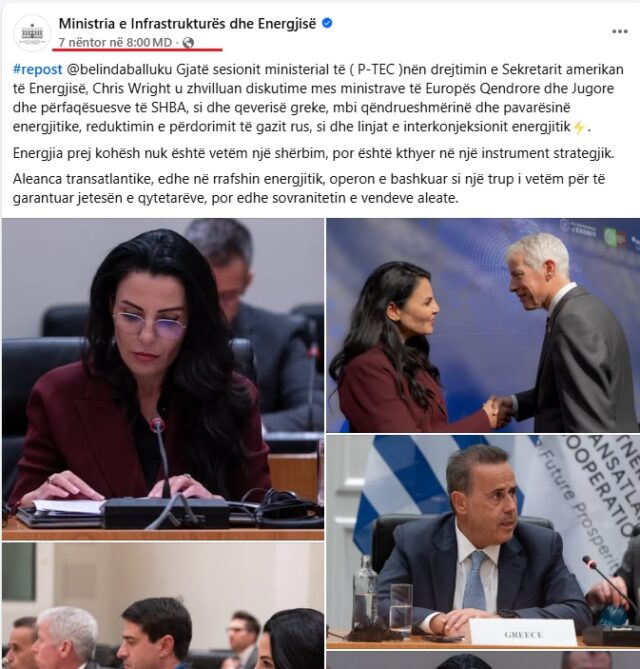
It is clear that the photo is formal, taken among participants of the event. However, considering the scrupulous standards of the U.S. administration—known for its strict vetting of international officials with whom it allows photo opportunities or meetings—the smiling image of Balluku greeting Secretary Wright raises several questions:
Was Secretary Wright informed that the person standing before him had been formally indicted in her country for a major financial affair?
Did the U.S. Embassy in Tirana notify its superiors at the State Department, and did the latter notify Secretary Wright that among the participants in the Greece meeting was an official indicted for a serious financial misconduct case? Or have they been “off duty” recently because of the U.S. government shutdown?
Have U.S. authorities, effectively, “publicly absolved” Belinda Balluku, despite the fact that she has been indicted by SPAK—an investigative structure into which the United States has invested millions of dollars for its establishment and functioning?
Naturally, these may seem highly complex questions derived from a simple photograph. Yet Albania’s political history has shown that high-level officials—particularly during politically difficult moments—have often attempted to exploit photos with senior American leaders solely to suggest they enjoy international support.
One became known as “Bilal’s wife” just to obtain a photo in the U.S.; another endured five years of investigations merely for a picture at the White House.
Therefore, in light of these precedents, the Balluku–Wright photo cannot be considered entirely genuine.


